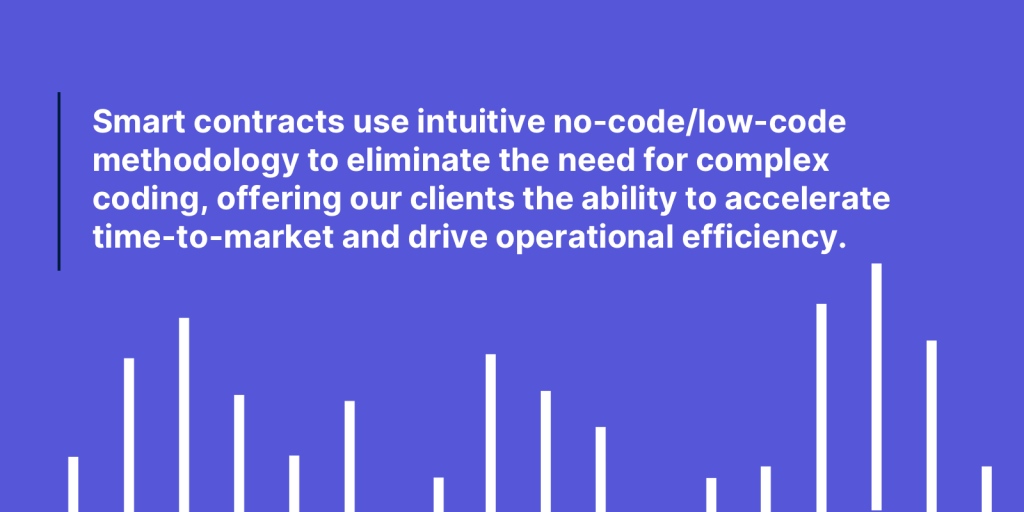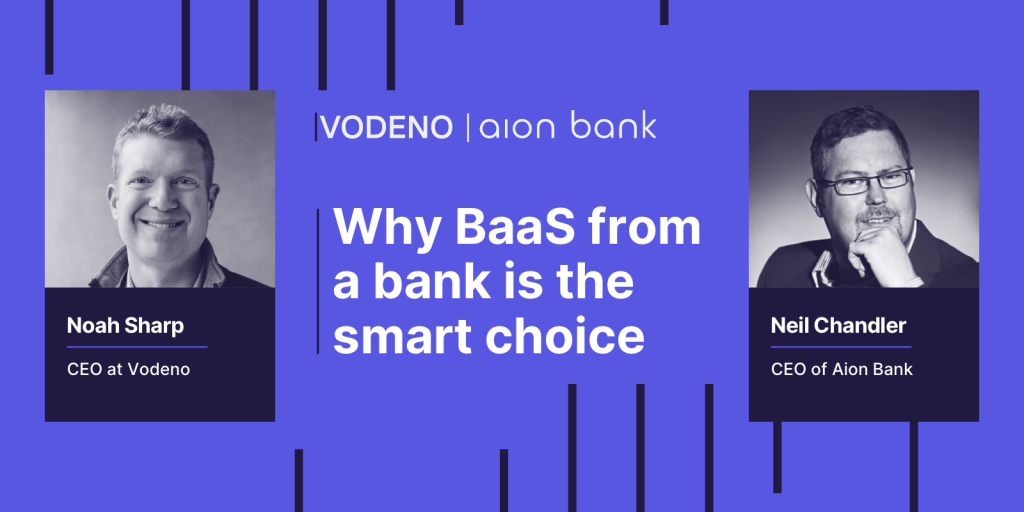“Embedded finance has come a long way in recent years, but we are still two or three years from it reaching maturity.” That’s the view of Jean-Jacques Le Bon, Vodeno’s Chief Strategy and Product Officer.
Many non-financial businesses are already seeing the benefits of embedded finance, as we explored in our deep dives into the retail, eCommerce/marketplace and mobility/transportation sectors. More will follow, as prospective adopters realise the value of delivering contextual financial products to customers when and where they need them most – it strengthens loyalty, builds deeper relationships, increases basket size, creates new revenue streams and transforms the user journey.
But what comes next?
As more businesses partner with Banking-as-a-Service (BaaS) providers to leverage embedded finance opportunities, it is important they consider the future trends and opportunities that are likely to shape this space. Here are some of the most important ones to watch.
- Artificial intelligence and automation

“Finance and banking are heavily regulated – they are complicated and decisions are often risk-driven,” explains Jean-Jacques. “AI is a game changer in that regard. AI-powered automation simplifies and accelerates risk decisioning, which will boost embedded finance deployments.”
As AI tools become ever more sophisticated, the technology can underpin critical regulatory and compliance processes such as Know Your Customer (KYC) and Anti-Money Laundering (AML); as well as reduce the risk for the BaaS provider and embedded finance adopter, the end user will also benefit from a smoother customer journey.
- Blockchain and smart contracts
Smart contracts, built and run on blockchain technology, are integral to the future of BaaS and embedded finance.
Put simply: smart contracts automate business processes by executing the terms from the contract when certain criteria are met. This automation ensures a frictionless flow of events between the BaaS provider, client and end-user, creating a faster, enhanced customer experience. In the BaaS space, smart contracts play an important role in enhancing speed, flexibility and scalability when creating, modifying and delivering financial products and services to third parties.

Importantly, smart contracts use intuitive no-code/low-code methodology to eliminate the need for complex coding, offering our clients the ability to accelerate time-to-market and drive operational efficiency.
- PSD3 and regulation
Payment Services Directive 3 (PSD3) is the EU’s incoming rulebook for the efficiency and security of electronic and digital payments. Its aim is to improve competition, protection and innovation, but for BaaS providers and embedded finance adopters, it adds a layer of regulatory constraints around payments.

Jean-Jacques says: “PSD3 is all about making payments quicker, cheaper and safer. We’re already on this path, but where the regulatory landscape is concerned, there is increasing scrutiny around BaaS and embedded finance.”
Embedded finance adopters will therefore need to consider their BaaS providers carefully. PSD3, which is expected to come into effect in 2026, is the latest move to tighten up regulation – the regulatory expertise and licensing of a BaaS provider is extremely important and will dictate not just the range of fully-compliant embedded finance products that can be offered to a client, but also the ease at which products can be marketed and scaled.
- Connected industries
Away from new tech and regulation, a shift towards greater connectivity across industries and markets is likely to be a definitive embedded finance trend in the years to come.

As marketplaces have done in retail and eCommerce, the rise of aggregators in other sectors will prove transformative. Superapps, for instance, will provide consumers with a single point of access to multiple services – the end result is a frictionless user journey where consumers can seamlessly switch between different service providers for their needs.
“BaaS and embedded finance will be instrumental in powering these aggregators and superapps,” says Jean-Jacques. “Not just in facilitating payments for multiple services, but through customised offers, loyalty programmes, accounts and cashback, which will all become embedded in aggregators’ platforms to dramatically enhance the customer experience.”
Embedded finance is powering a shift to contextual banking products being accessed at the point of need via the brands and platforms which consumers and businesses already trust. In turn, it could also give rise to interconnected industries – ecosystems that, assisted by trends such as Open Banking and Open Finance, turbocharge convenience through a holistic, end-to-end service.
Do you want to learn more about how Banking-as-a-Service and embedded finance can transform your business or industry? Then get in touch with Vodeno today.



